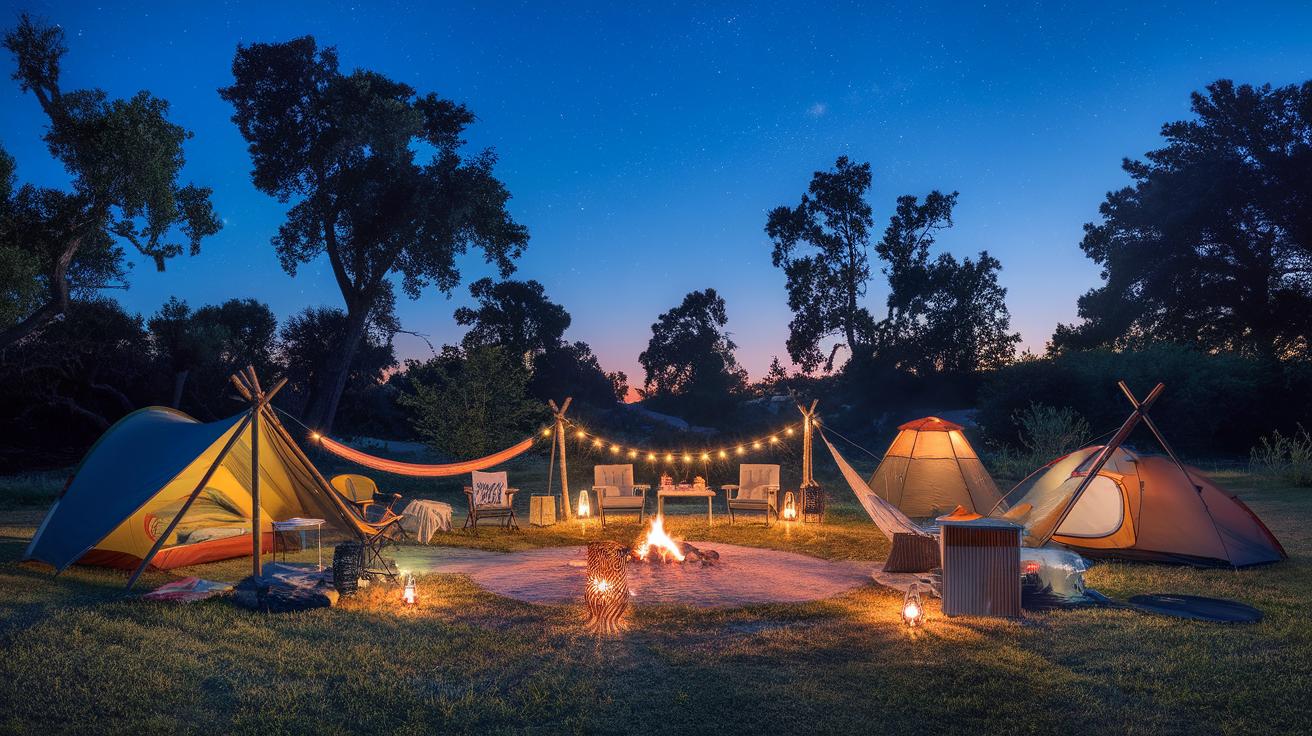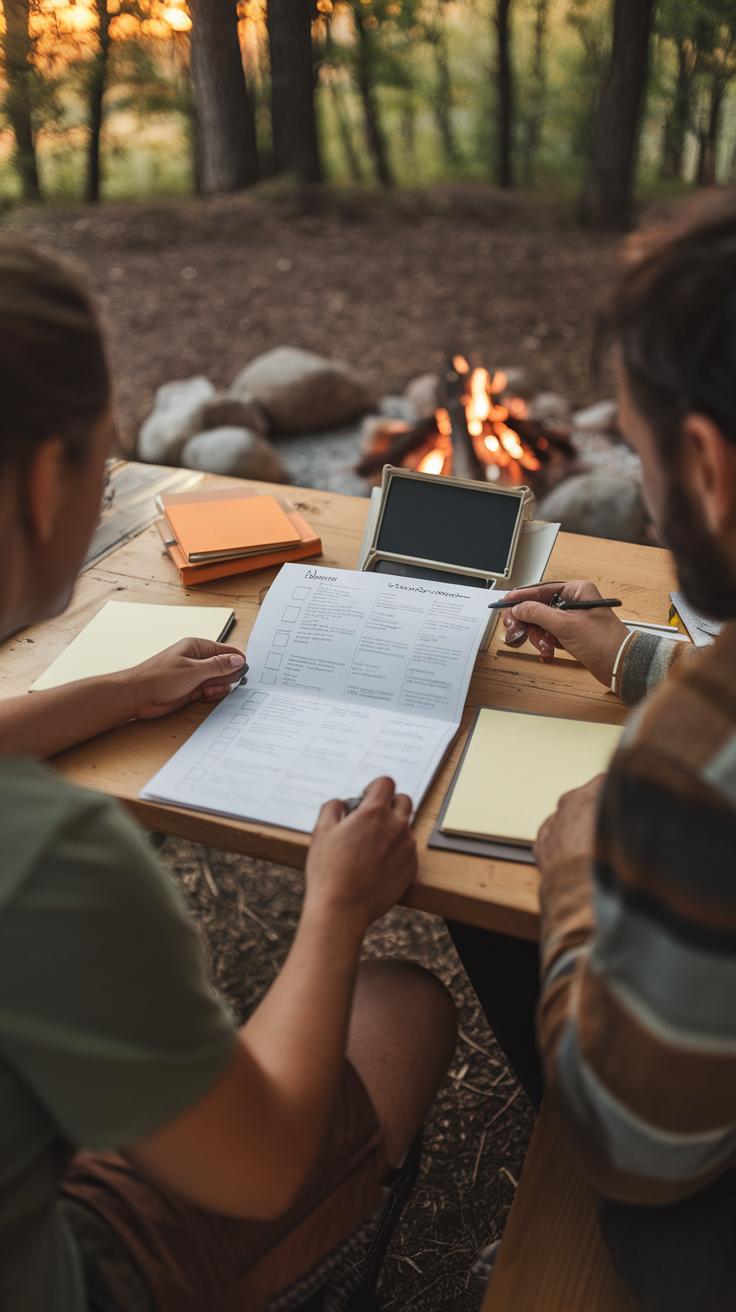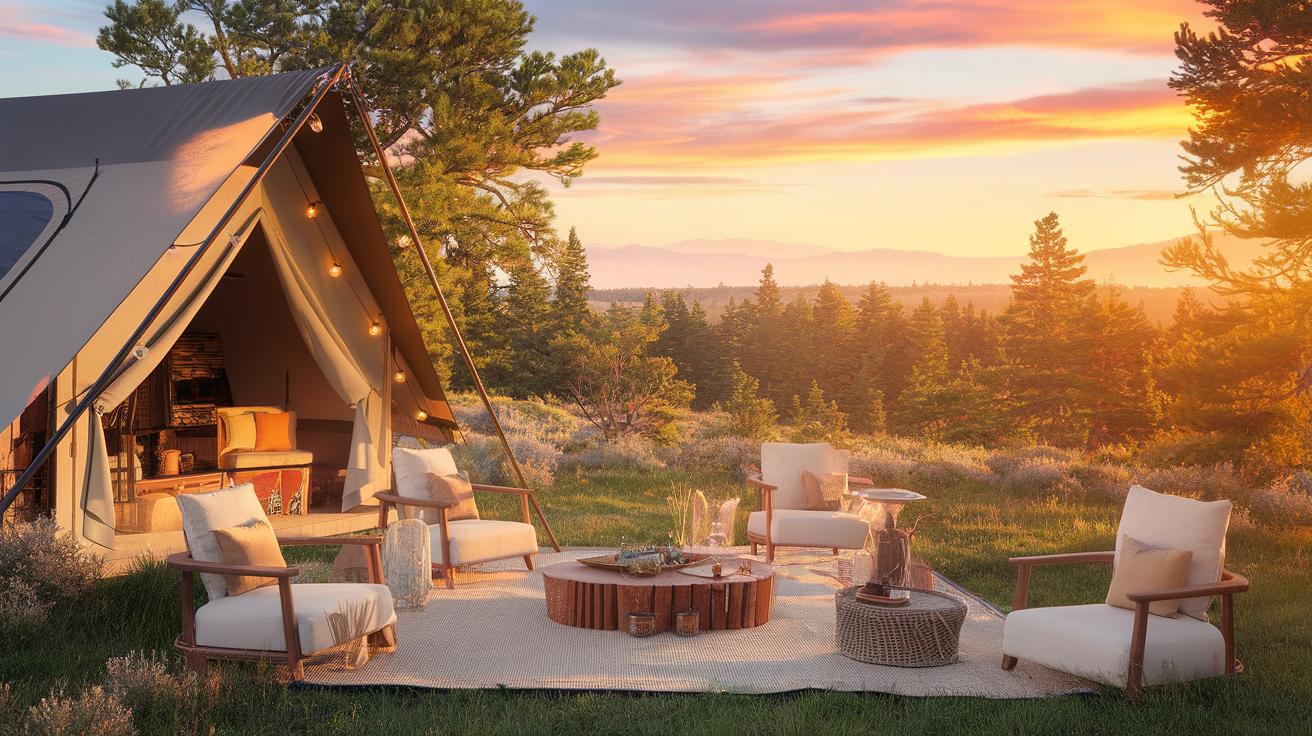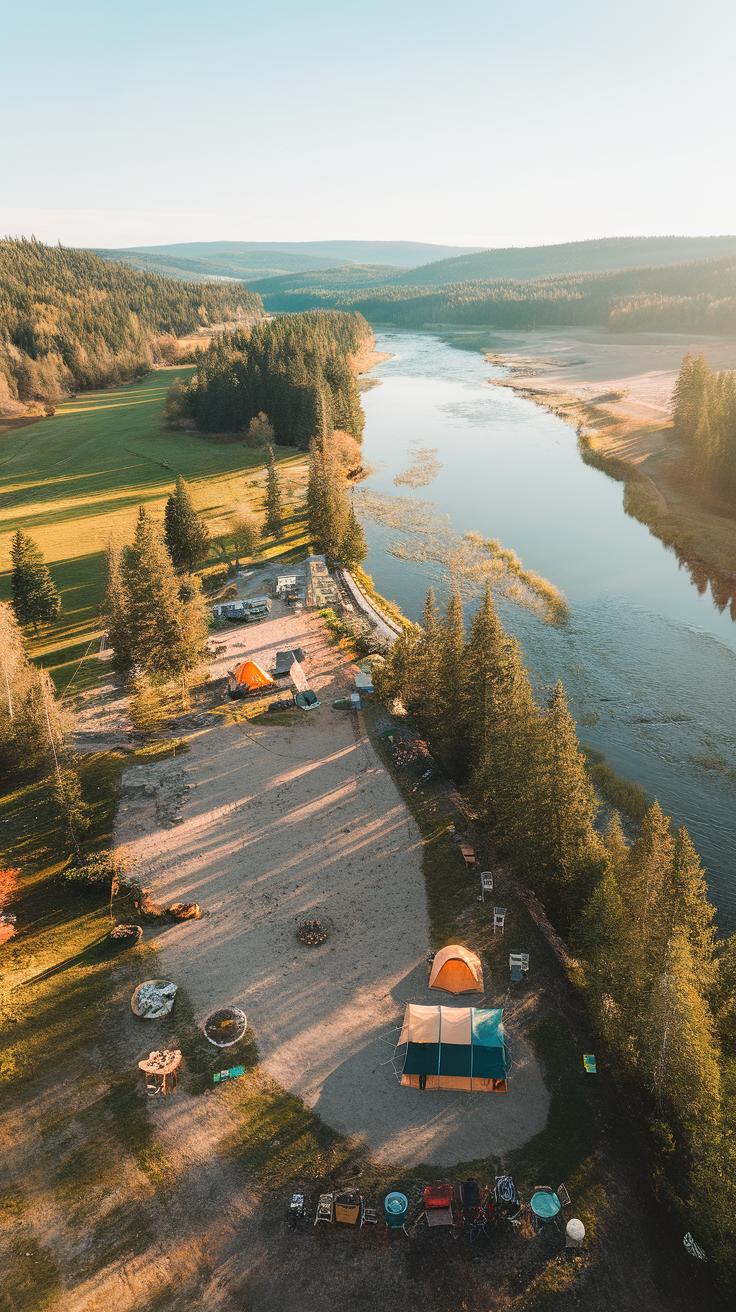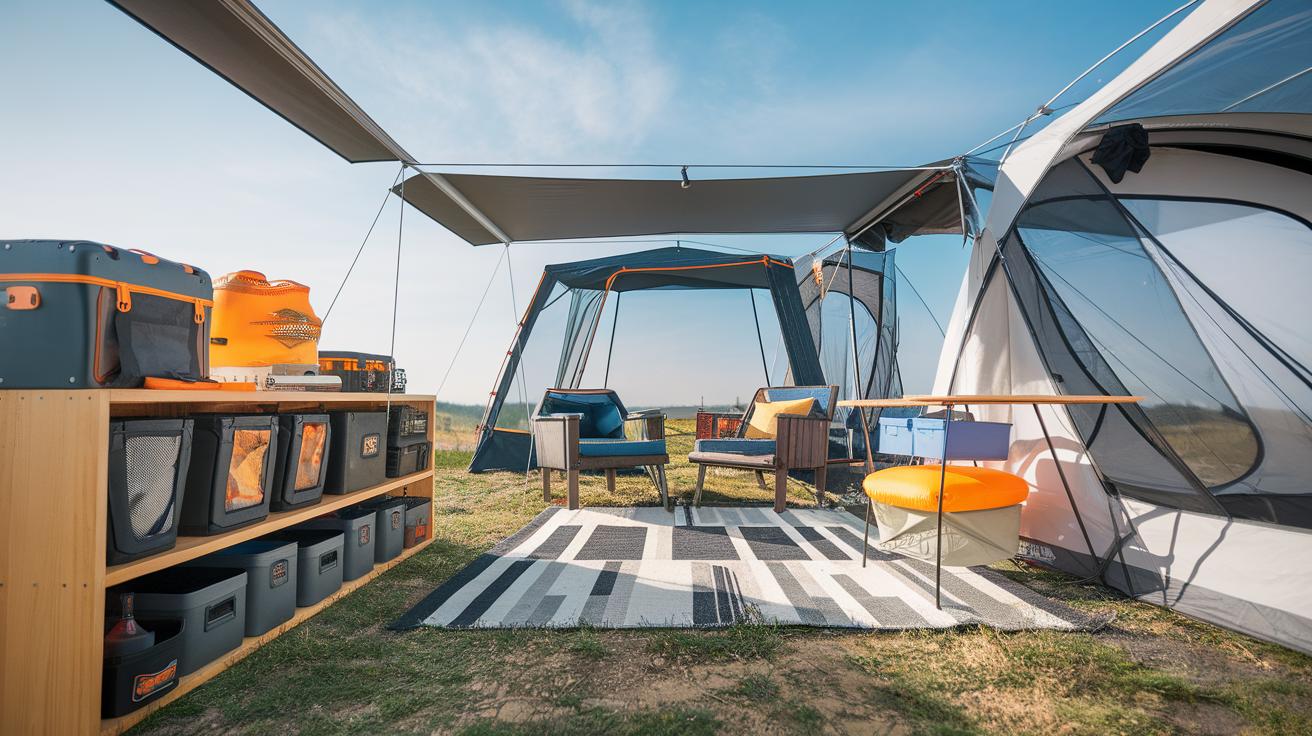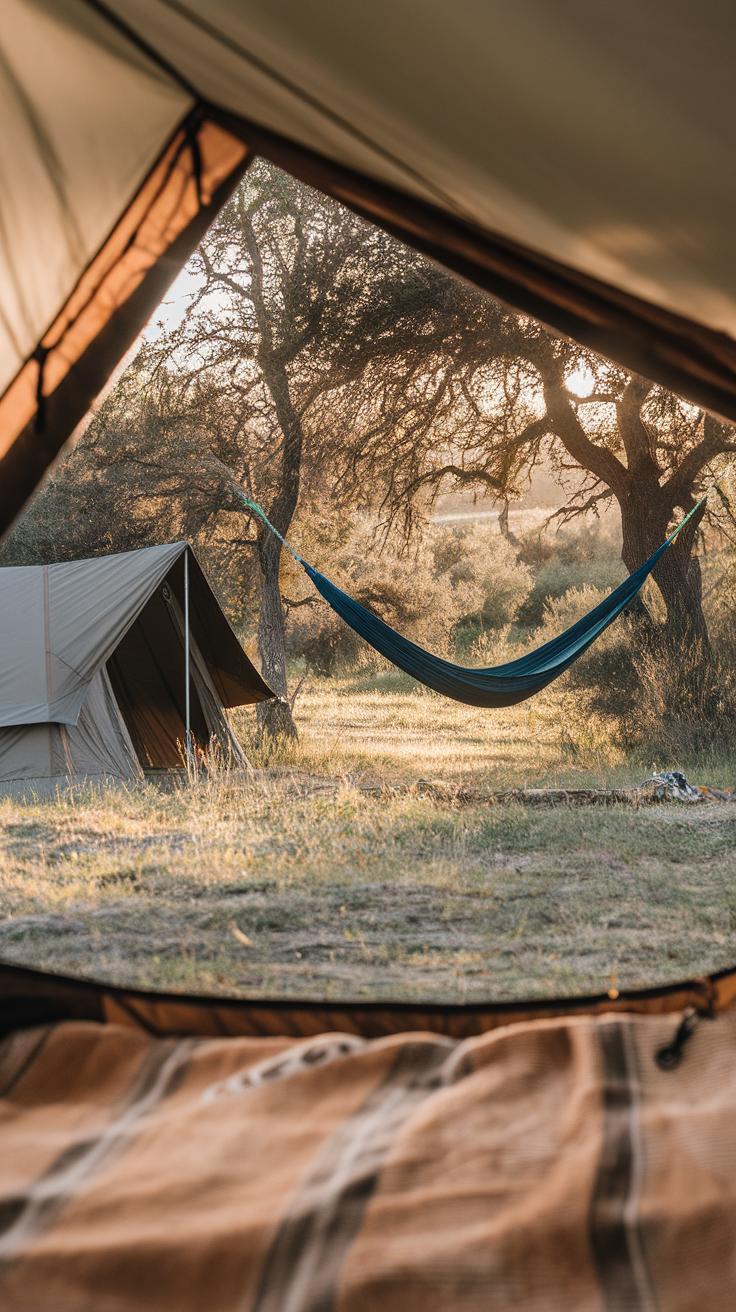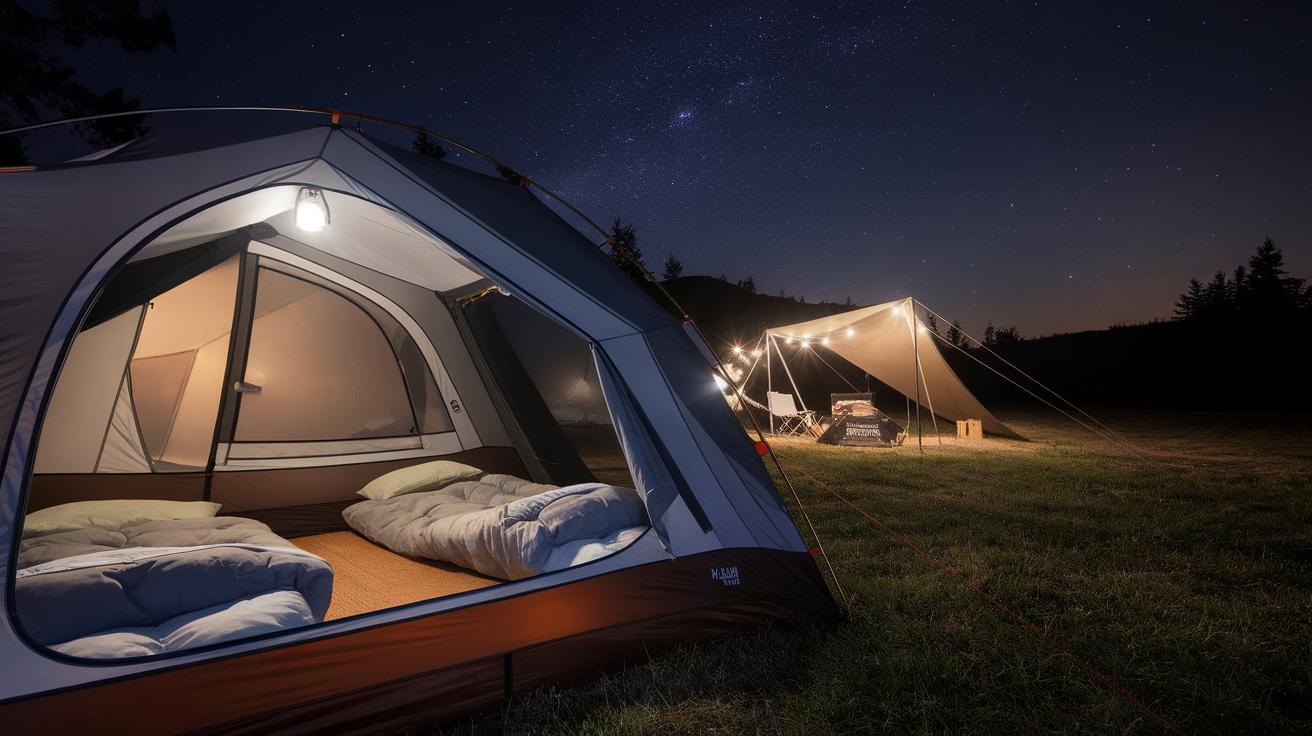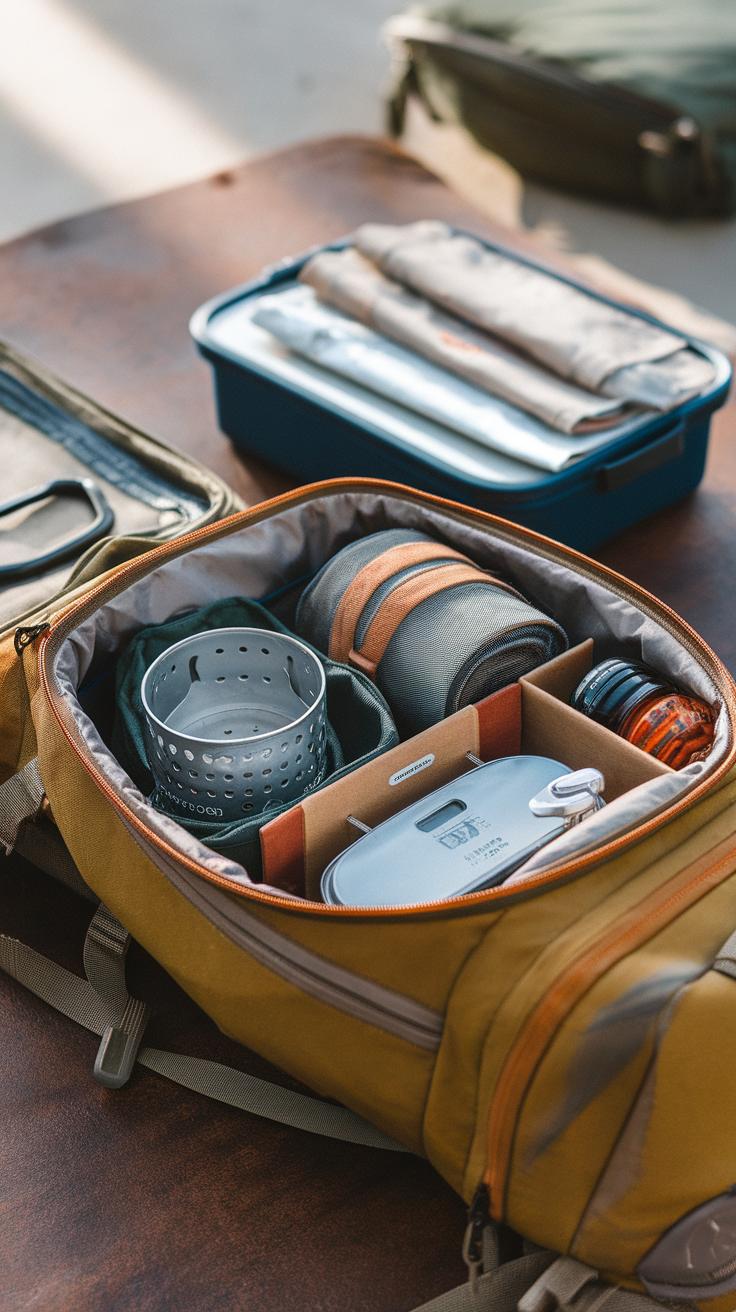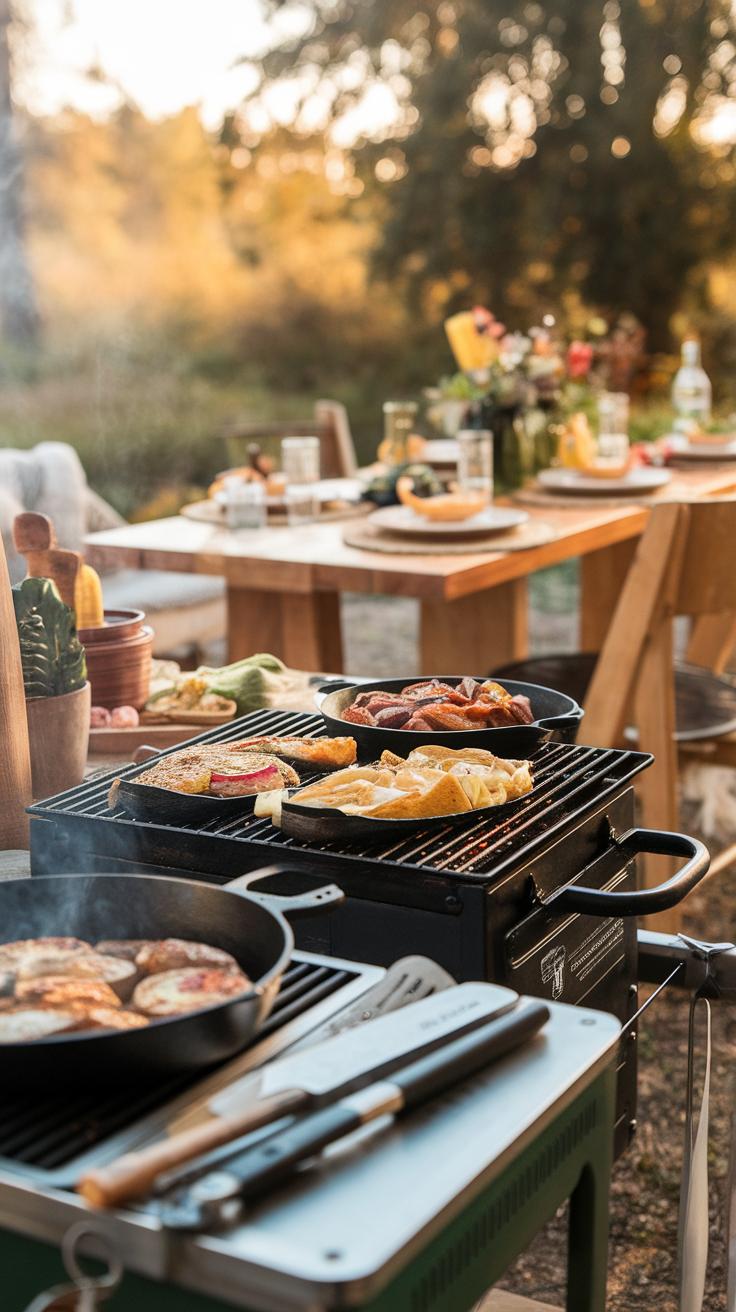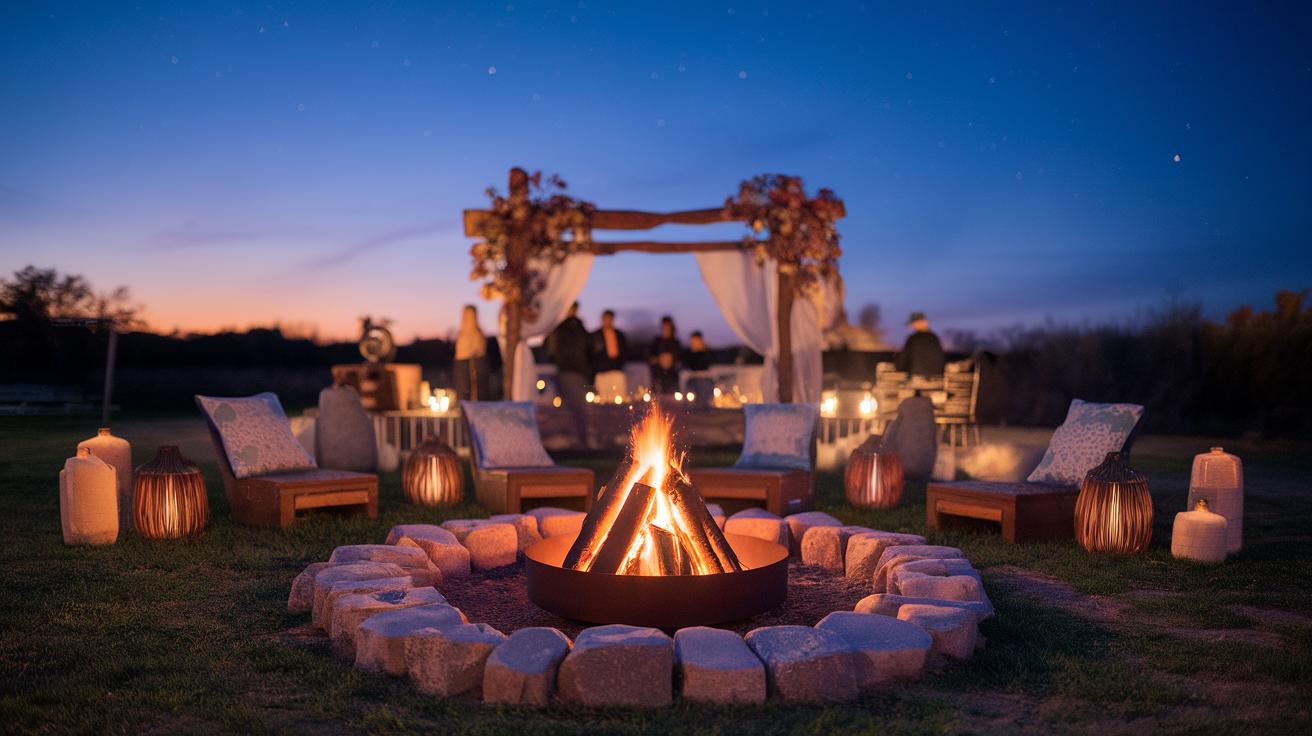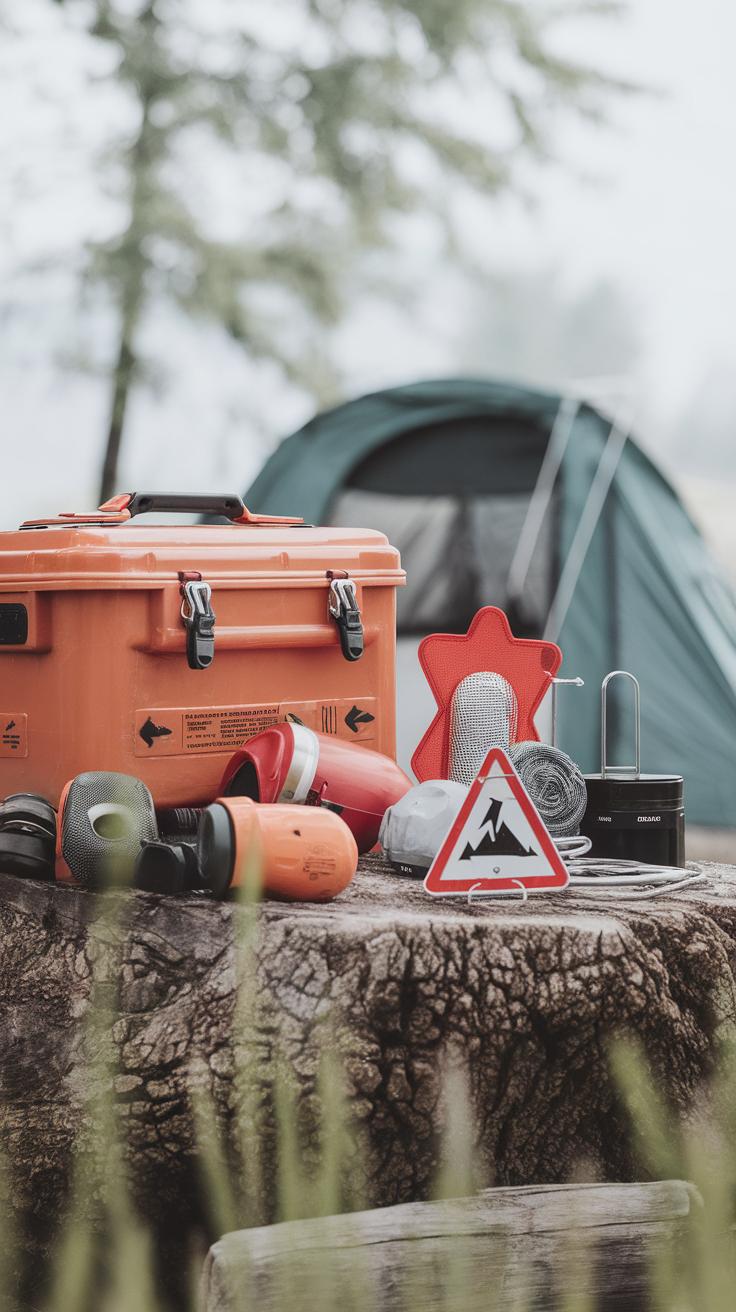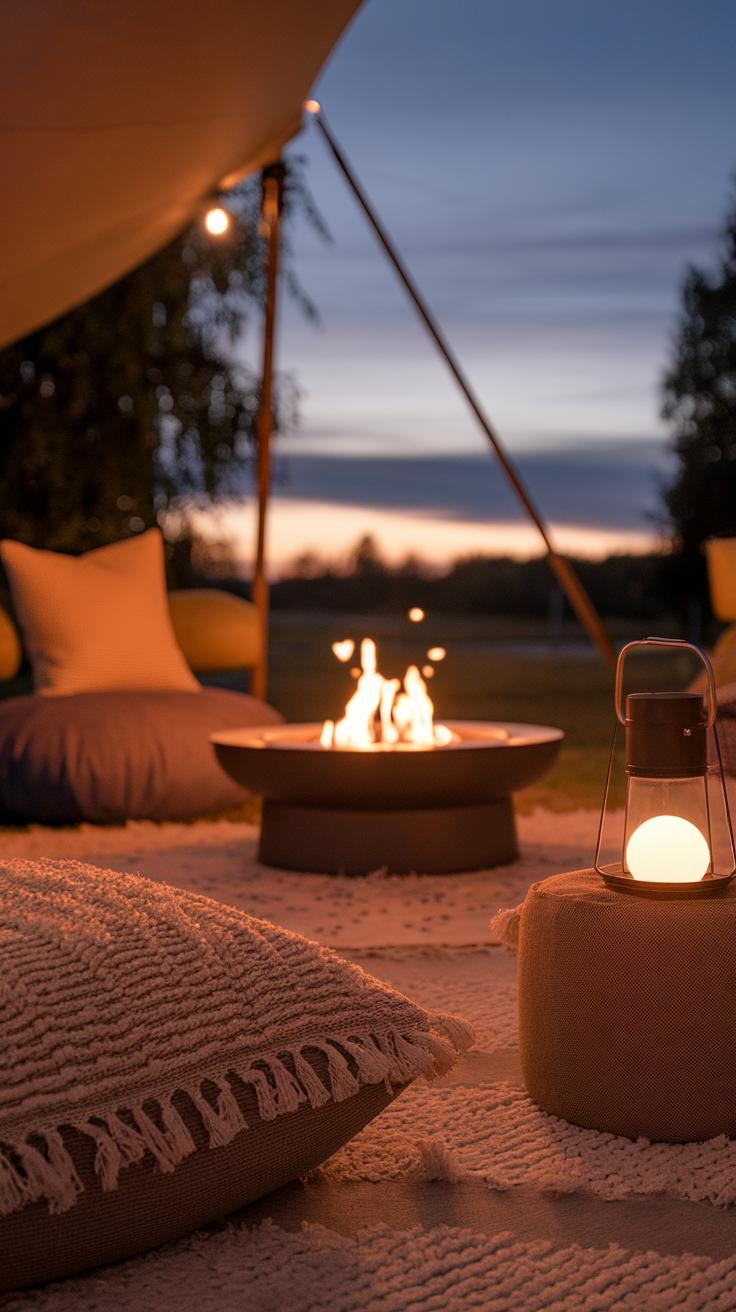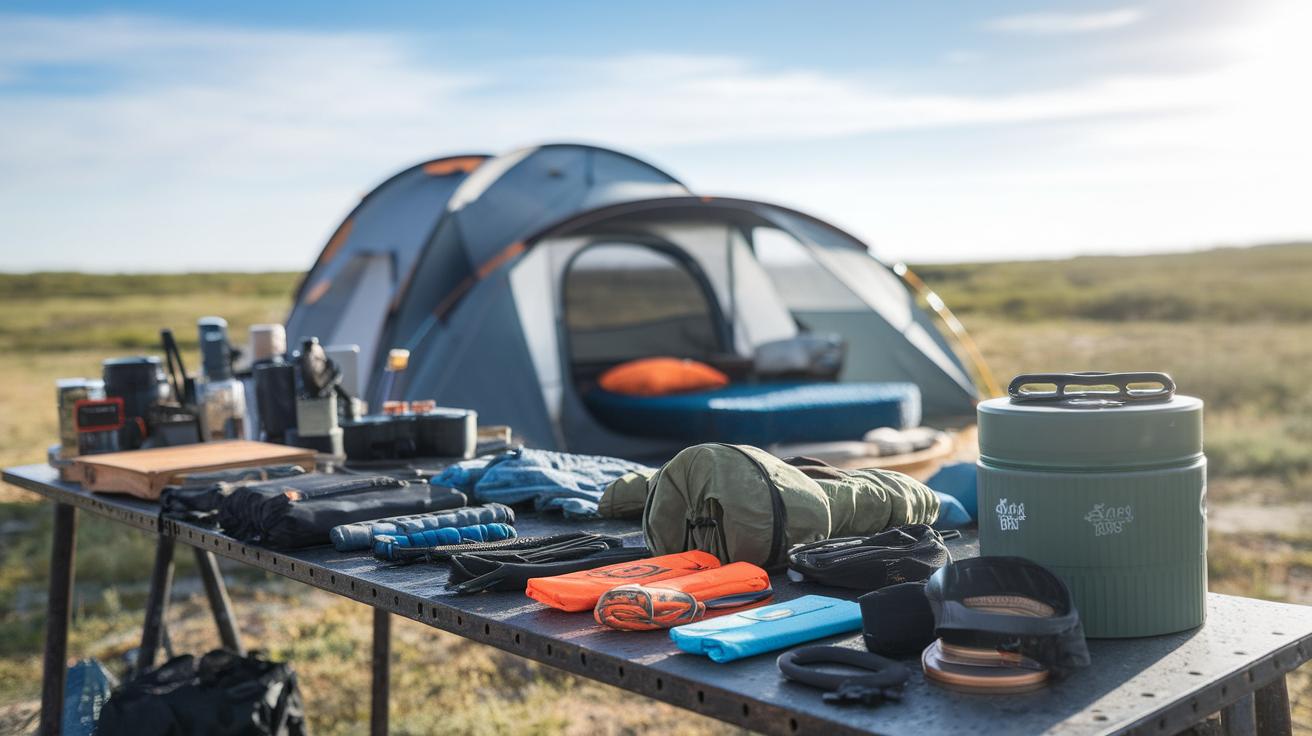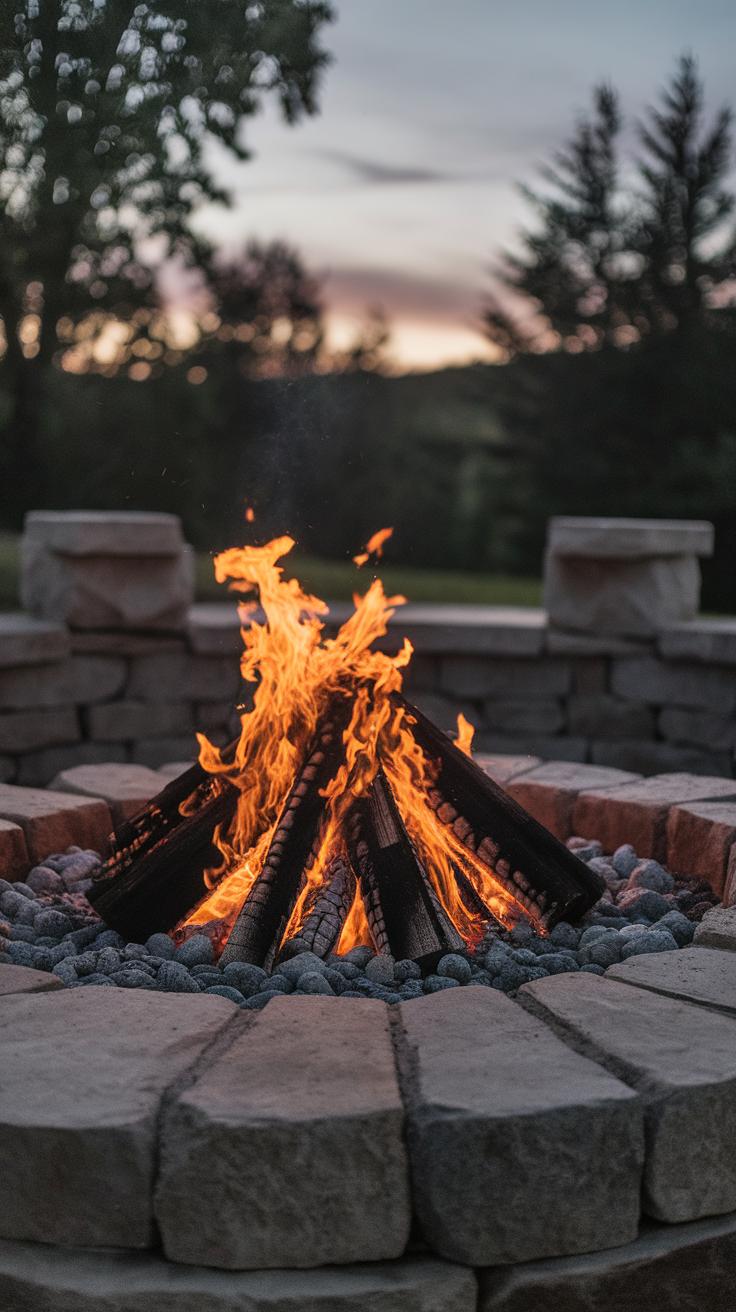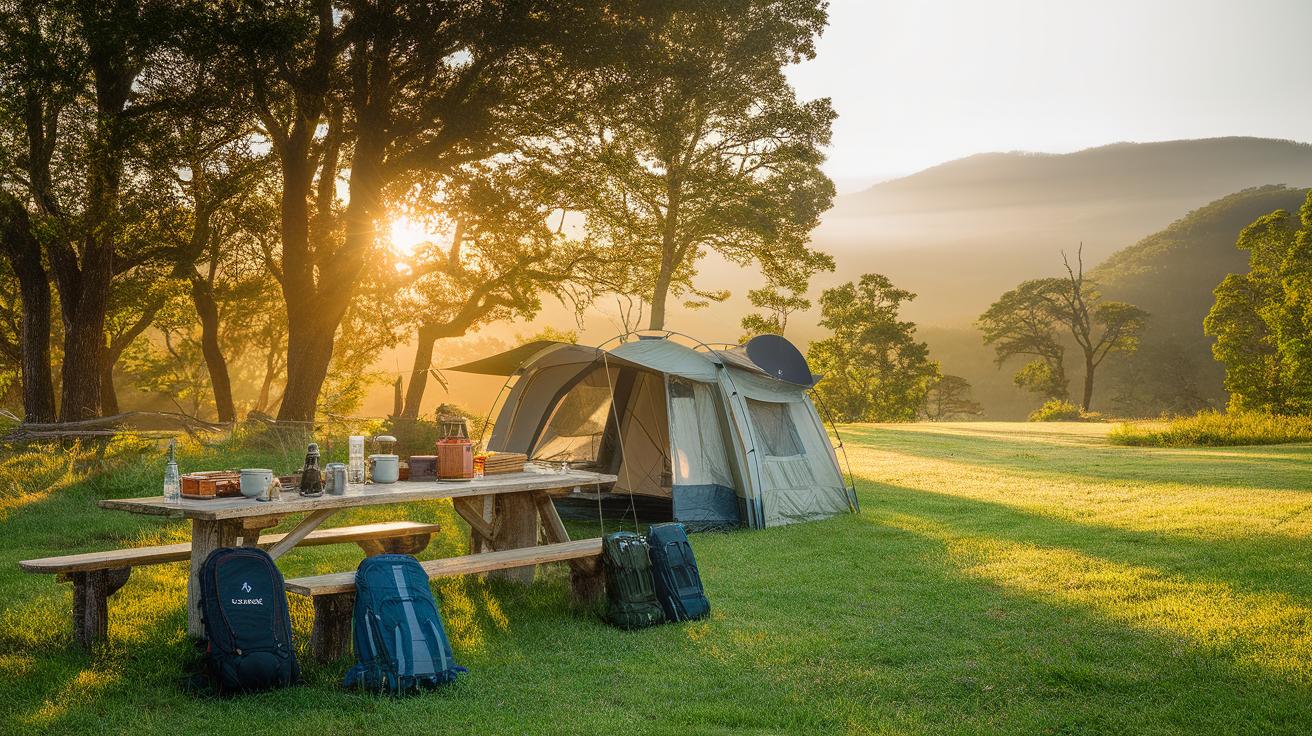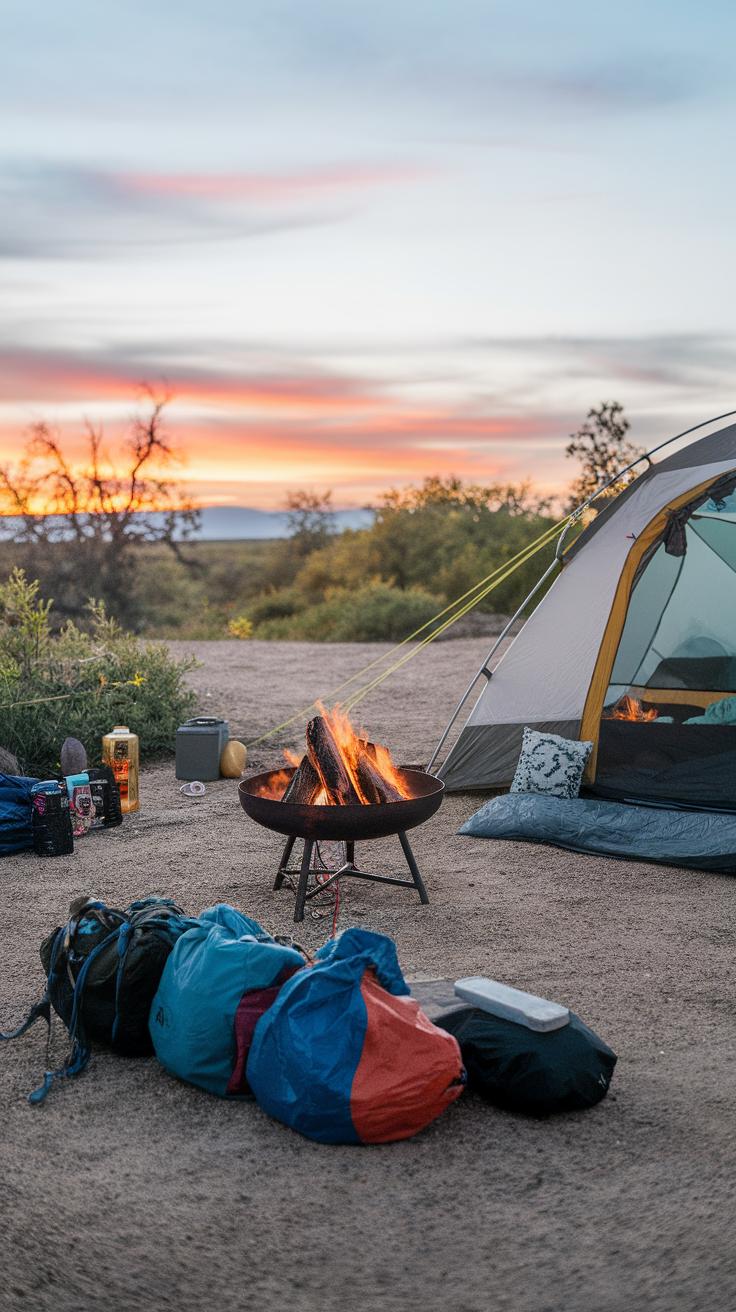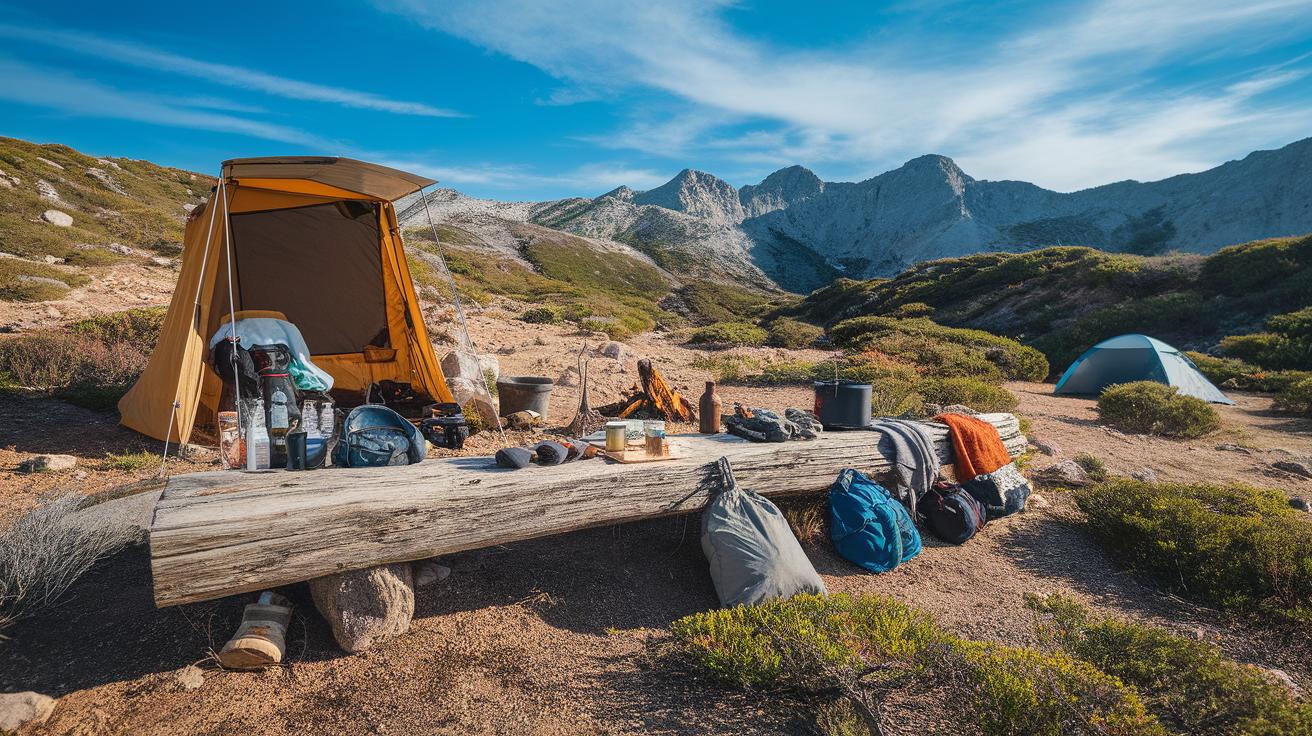Introduction
Camping, often celebrated as a beloved outdoor activity, brings people closer to nature while allowing them to disconnect from the chaotic rhythms of daily life. This article explores an array of camping setup ideas that cater to diverse camping styles, including tent camping, hammock camping, and more. Whether you are a seasoned camper or a newcomer, understanding how to set up shelter effectively can make or break your outdoor adventure. We will delve into innovative practices that can transform your setup from standard to exceptional, ensuring a more enjoyable experience.
Setting up camp involves not only erecting your shelter but also creating a space that feels comfortable and functional. This encompasses everything from selecting the right location and shelter type to organizing your gear efficiently. With the right camping setup ideas, you can enhance comfort, safety, and convenience. Whether you’re planning a weekend escape, a week-long expedition, or a summer retreat, mastering these setup strategies can lead to unforgettable outdoor memories.
Understanding Your Camping Needs
Camping Setup Preferences
Deciding on the best camping setup requires careful consideration of individual preferences and needs. Solo campers often prefer minimalist setups, such as lightweight tents or hammock systems that provide mobile and easy-to-setup options. For families, larger tents or cabins equipped with amenities like space for cooking and sleeping arrangements are essential for comfort and convenience. Group camping necessitates even more planning; choosing shared spaces with communal areas can enhance interaction while accommodating various preferences for sleeping and cooking. Assessing personal comfort levels and the group’s dynamics plays a crucial role in determining the right equipment. Ultimately, aligning your setup with your desired experience—whether that’s solitude in nature or bonding with loved ones—ensures a more enjoyable outing.
Choosing the Right Camping Method
The right camping method complements the style and comfort levels of each individual. Backpacking trips cater to those seeking adventure and self-reliance, while car camping appeals to families needing more equipment and comfort. Alternatively, glamping represents a trend that attracts those desiring the outdoors without sacrificing luxury. Each option has specific equipment and planning requirements, so consider your own desires and limits before making a choice. Knowing whether you prefer a rugged terrain or a more refined camping style also aids in selecting the appropriate method, ensuring that your camping experience is both satisfactory and memorable.
Choosing the Right Location
Assessing the Site’s Safety and Accessibility
Selecting a campsite involves more than merely finding a picturesque location. Safety should be your primary concern when choosing a spot to set up camp. Look for areas away from potential hazards such as falling branches, flood-prone zones, or wildlife paths. Proximity to water sources is essential, but camping too close to rivers or lakes can be risky during inclement weather.
Accessibility is another vital factor. Ensure your chosen site can easily accommodate your vehicle and equipment. If you’re hiking to your campsite, consider the distance from the trailhead and the terrain. Level ground simplifies the setup process and minimizes uncomfortable sleeping conditions on uneven terrain.
Identifying Amenities That Enhance Your Experience
A campsite’s available amenities can greatly enhance your outdoor experience. Basic facilities like restrooms, picnic tables, and fire pits add convenience and comfort. Research each potential site to see if amenities like bear lockers or designated cooking areas are provided. While primitive camping offers a great way to immerse yourself in nature, proximity to essential services can make a significant difference, especially for families or novice campers.
Making informed choices about your campsite location aligns your camping experience with safety, convenience, and comfort, creating a solid foundation for enjoyable outdoor adventures.
Exploring Shelter Options
Classic Protection Against the Elements
Tents remain a staple for outdoor enthusiasts, providing a reliable barrier against wind, rain, and insects. Available in various styles, from traditional dome shapes to ultralight backpacking models, they cater to varying needs. A well-chosen tent offers essential durability, ensuring a restful night without compromising on comfort. Their ability to secure gear and serve as a social hub enhances the camping experience, making them a favorite among families and large groups. Furthermore, many modern tents come equipped with additional features such as quick setup technologies and weather-resistant materials, further elevating their practicality for diverse camping conditions.
Flexibility and Comfort in the Backcountry
Suspending between two trees, hammocks provide a unique camping experience, combining comfort with minimal footprint. They promote relaxation, allowing users to swing gently amidst nature while offering an unobstructed view of the surroundings. Lightweight and compact, hammocks are easy to carry, making them ideal for trekkers or minimalist campers. Moreover, many designs come with bug nets and rain tarps, ensuring versatility in unpredictable weather. Their elevated position keeps users dry during light rain and adds to the overall enjoyment of the outdoors. Choosing a hammock can lead to innovative camping setups that not only prioritize comfort but also encourage a deeper connection with nature.
Unique Options to Consider
For those looking to break away from traditional structures, alternative shelter options abound. Tarp setups, for instance, offer a light and flexible solution, delivering significant coverage against rain while still being adaptable for various pitch styles. These setups are particularly appreciated by solo adventurers aiming to travel light. There are also trailer tents and yurts, which blend comfort with the outdoors, often coming with built-in amenities for a more luxurious experience. Each alternative presents a unique way to engage with the environment, fostering creativity in campsite arrangement and enhancing the overall adventure.
Organizing Your Gear
Creative Storage Solutions
Efficient organization of camping gear can greatly enhance your outdoor experience. Begin by categorizing your equipment into essentials: shelter, cooking, clothing, and recreational gear. Using waterproof bags or clear bins allows you to see items at a glance, minimizing rummaging through clutter. Label each bag or bin to ensure quick identification, particularly during early morning or late evening setups.
Easy Access Techniques
Consider using modular packing systems where items are grouped by their function. For example, store cooking utensils and food supplies together in a designated area. Hanging organizers can also keep smaller items, such as headlamps and first-aid kits, accessible yet out of the way. Establish a “ready bag” for frequently used items like maps, multi-tools, and fire starting equipment, making them available at a moment’s notice, which adds to the overall efficiency of your camping setup.
Essential Cooking and Dining Setup
Creating a Functional Cooking Area
Setting up an efficient cooking area is a key component of any camping trip. Choose a flat, stable surface away from your sleeping area to avoid disturbances from cooking-related activities. A foldable camp table can be ideal for meal preparation and storage of cooking supplies. Employ a camp stove or a portable grill to facilitate outdoor cooking, while keeping in mind the necessity of using them away from flammable materials. Utilize heat-resistant pads beneath these appliances to protect the ground. Always remember to bring cooking utensils, pots, and a reliable cooler for food storage to minimize spoilage.
Enhancing the Dining Experience
The dining experience outdoors can be enjoyable with the right setup. Select a site near your cooking area to streamline meal serving. Use picnic blankets or folding chairs to create a comfortable eating space. Consider investing in LED lanterns for ambient lighting as evening approaches. To add a touch of home, pack reusable plates, cutlery, and even small decorative items like a tablecloth to enhance your campsite’s aesthetic. Prioritize cleanliness by having a designated area for washing dishes, utilizing biodegradable soap, and respecting wildlife by disposing of waste properly to maintain a clean and safe environment.
Safety Considerations for Camping Setup
Protecting Yourself from Environmental Factors
When setting up camp, prioritizing safety is key to an enjoyable experience. Selecting an appropriate campsite is the first step. Look for areas that are flat, away from potential hazards like falling branches or flooding. Additionally, consider the distance from water sources to avoid unwanted animal encounters and to facilitate proper waste disposal. Establishing a boundary around your site with natural barriers can also deter wildlife.
Weather Preparedness and Wildlife Precautions
Weather can change rapidly in the outdoors, so ensuring proper gear is on hand is vital. A well-erected tent should have a waterproof fly, and securing it with guylines will protect against wind gusts. For food safety and to reduce animal attraction, store food in bear-proof containers or hang it high in trees. Keeping a first-aid kit readily accessible is another crucial step, as it equips you to handle minor injuries or unexpected encounters, ensuring your adventure remains safe and enjoyable.
Setting Up for Comfort
Planning for Cozy Sleeping Arrangements
Choosing the right bedding is vital for restful nights in the great outdoors. Start with a high-quality sleeping pad or air mattress that offers insulation and cushioning. Select sleeping bags rated for the season, ensuring warmth without bulk. Layering can enhance comfort; include a soft blanket or an extra sleeping bag liner for those chilly nights. Don’t forget a personal pillow or a stuff sack filled with clothes for head support.
Creating Comfortable Seating and Relaxation Areas
Designing a welcoming lounging space can elevate your camping experience significantly. Portable camp chairs should provide good support and be lightweight for easy transport. Consider hammocks for a relaxing spot, as they promote comfort and fun while giving you a new perspective on your surroundings. Strategically add a small table for games, meals, or a place to keep your drinks. Use natural features like trees or logs to create cozy nooks, enhancing the relaxation vibe while blending with nature.
Building a Fire Pit
Constructing Your Fire Pit
Building a fire pit enhances your camping experience by offering warmth, a cooking surface, and a gathering place for storytelling. Start by selecting a suitable location, ideally on flat, cleared ground, away from overhanging branches. Dig a circular pit about one foot deep and two to three feet in diameter. Surround the pit with stones, bricks, or gravel to contain the fire and prevent it from spreading. Ensure ventilation by leaving space between stones for airflow.
Benefits of Your Fire Pit
A fire pit creates warmth, making chilly evenings comfortable. It serves as an excellent spot for cooking marshmallows, hot dogs, or other campfire meals, adding flavor and fun to your outdoor culinary experience. The ambiance of a crackling fire encourages social interaction among campers, enhancing the overall enjoyment of your time in nature. Always prioritize safety by keeping water or a fire extinguisher nearby and never leaving the fire unattended, ensuring your camping adventure remains enjoyable and worry-free.
Wrapping Up Your Camping Setup
Creating Your Ideal Camping Environment
Designing a successful camping setup ultimately hinges on a blend of essential components tailored to your personal preferences and the surrounding environment. Start with selecting a comfortable tent that suits your group size and climate conditions. Consider incorporating a quality sleeping pad and sleeping bag to ensure a good night’s sleep. Create a functional cooking area with a portable stove or grill and organize your gear using storage bins or portable cabinets for easy access.
Lighting plays a vital role in enhancing your experience, so adapt your setup with string lights or lanterns. Personal touches, like decorative elements or favorite outdoor games, can elevate your campsite. Adapt your setup ideas based on weather, terrain, and proximity to water sources to create a truly memorable experience out in nature.
Personalizing Your Setup
Taking the time to reflect on your personal preferences can greatly enhance your camping experience. Consider your comfort needs when selecting furniture, such as camping chairs or hammocks, and choose options that suit your style, whether minimalist or cozy. Customize your cooking experience with cookbooks or favorite recipes, ensuring meal prep is as enjoyable as dining in.
Always keep the environment in mind. Assess the campsite layout and adjust your setup accordingly, ensuring well-planned space for cooking, relaxation, and socializing. A successful camping trip combines your personal flair with careful consideration of nature, allowing you to fully embrace the outdoor adventure that awaits you.
Conclusions
The way in which you set up your camping area can greatly influence your overall experience. By incorporating a range of camping setup ideas, you can create a personalized space that enhances comfort and accessibility. From choosing the ideal location and employing smart gear arrangements to exploring different types of shelters, each decision you make contributes to the success of your outdoor adventure. The art of camping setup goes beyond mere functionality—it allows you to tailor your environment to reflect your personality and preferences.
Your camping experience should be a balance of comfort, practicality, and connection with nature. Experimenting with various camping setups can reveal what works best for you, ensuring not just a comfortable stay, but also a deeper appreciation for the great outdoors. So, the next time you venture out, take the time to consider your setup—it can transform your trip into a truly memorable expedition.

